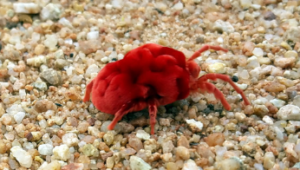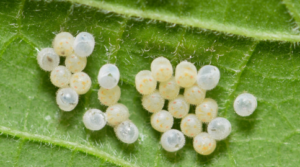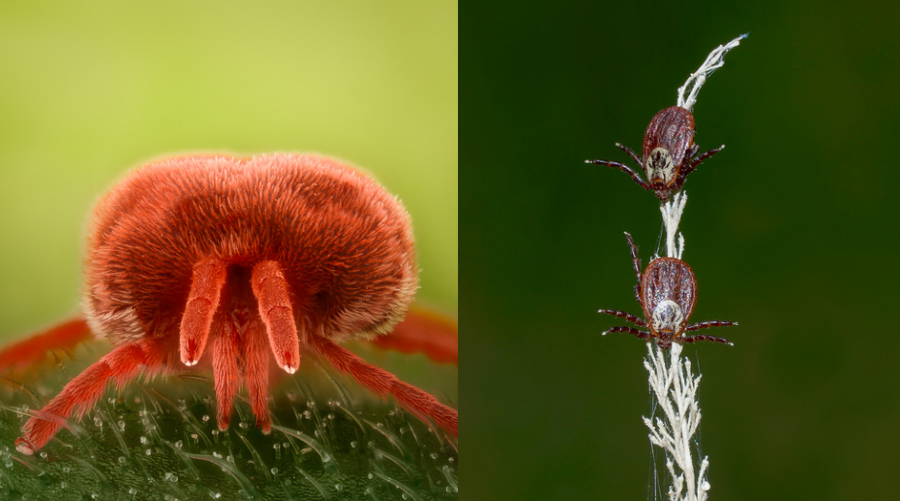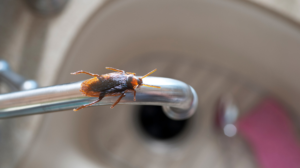Chiggers are the red spider mites that belong to the Trombiculidae family. These chiggers are related to the spider family of the Arachnida class where the scorpions and ticks are included. Clover mites are tiny red-colored mites that are closely related to ticks and eight-legged spiders, and they do not pose any health risks or structural damage. While Chiggers are the reason behind itches during summer times. This article is on Clover Mites Vs Chiggers, which helps you to identify the differences between them.
Clover Mites Vs Chiggers
It is not easy to identify the differences between these tiny creatures at first, but this article can help you with that.
Basic Difference

Clover mites cannot be seen alone, and they are always with their colonies while chiggers can be seen alone and with the colonies. Clover mites do not bite or cause any health issues, but chigger larvae can bite humans and cause redness and itchiness in your skin. Clover mites are active during spring and fall and chiggers are active during summer.
Appearance
- Clover mites are eight-legged insects that can grow from 0.75mm to 0.9mm in length. They are reddish-brown or brown to green in color.
- Chiggers are summer insects that can grow from 0.9mm to 1.2mm and they are red. The younger ones have six legs, and the adults have eight legs.
Habitat
- Clover mites feed on plant juices of clover plants, grass, shrubs, trees, and other plants. They can be found outdoors near plantations and indoors on rooftops where they can find molds.
- Chiggers feed on the blood of animals, birds, and humans. The adult chiggers do not bite humans, but the larvae are known to bite humans and animals as well.
Lifecycle

- Clover mites evolved from unfertilized eggs and a female adult mite can lay 70 eggs at a time in tree branches, plant leaves, and the cracks on walls. An adult mite can live for 2 weeks depending on the climate.
- Chiggers have a proper metamorphosis lifecycle that contains four stages egg, larvae, nymph, and adult. A female chigger can lay 5 eggs daily in the area close to the food source, after 5 to 7 days the eggs will be hatched into 6-legged larvae that feed on plant tissues and warm-blooded hosts. After 10 days the larvae will be grown into nymphs and within one month, they can attain the adult stage. These chiggers can live from 2 months to one year according to the climatic conditions.
Hiding Places

- The clover mites can be found in lawns, tree bark, foundations, walls, and around window frames.
- The Chiggers love to stay in moist grass fields like lawns and deep forests, and they can be found where the large grasses are available.
Conclusion
The above listed are the fundamental differences between clover mites and chiggers. I hope this article will be helpful to identify the chiggers and clover mites. If you have any of these pest infestations, hire a professional pest control service, the experts will help you to get rid of pests in your place.






